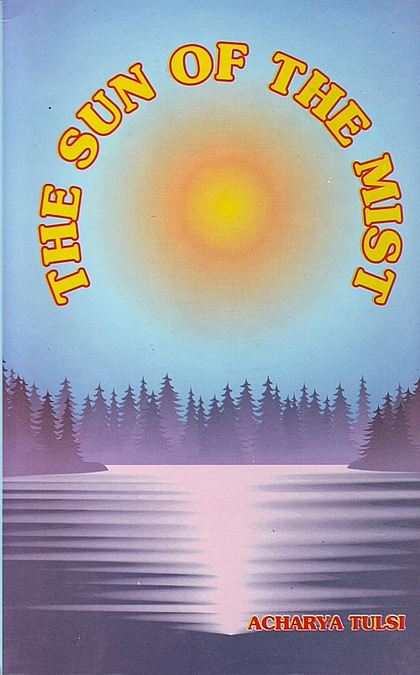There are two kinds of truth—enteral and temporal. An eternal truth is for all times—the past, the present and the future. A temporal truth is casual; it is acceptable today, and may become unacceptable tomorrow. What was unacceptable yesterday may be acceptable today. The conduct of enlightened men fits in the framework of truth. That which conforms to its own nature, is true. This definition of truth is related to the present, which itself is linked with the temporal truth.
An individual may be virtuous today. His conduct after two years may be perverted. On the basis of his later conduct, his to-day's conduct cannot be said to be wrong. Again, an individual may act badly today; he may display a mean character. But after two years, his personality may under—go a transformation, and then to continue to treat him as a bad guy would not be right. Behavioural truth changes from time to time. Because of this, traditions are liable to change.
There was a time when the nuns in our community greeted the monks with folded hands, but the monks were not supposed to return the greeting. In our age, the issue of proper conduct between the monks and the nuns was raised and debated, as a result of which a new tradition came into being, and the nuns too came to be regarded as worthy of deferential salutation.
Brahmacharya is an eternal truth. For one who accepts brahmacharya, marriage is forbidden. But for a man who is unable to practise brahmacharya and takes to adultery, marriage is beneficial.
Those who mistake the temporal truth for eternal truth cannot make any progress. There are many customs in society which, in today's situation, have lost all meaning. One may abandon them without any hesitation. But there are many persons who take pride in carrying the burden of out-dated customs. In order to fully comprehend the nature of the eternal and the temporal truth, it is necessary to awaken one's faculty of discrimination. Without discrimination, mental prejudices grow and one's conduct becomes rigid.
In ancient times, the boundaries within which a monk could go about were limited. This finds mention in BrihatKalpa-Sutra (1/47). Accordingly, the monks and nuns could go up to Ang-Magadh in the east, Koshambi in the south, the Thuna region in the west, and KunalaDesh in the north. Because these were the limits of the then existing Aryan empire. This tradition prevailed for a long time, unchanged. In the time of Revered Kaiugani, the question of extending the boundaries was raised, out the tradition of the old Aryan limits, stood in the way.
However, on deeper study, the same section of the Kalpa-Sutra, which was quoted earlier as supporting the tradition of confining the monks and nuns within the old Aryan boundaries, was found to support the extension thereof. The concluding portion of the relevant section reads as follows:
Outside the prescribed boundaries of the Aryan Kingdom wherever knowledge philosophy and character abound, it is the proper place for monks and nuns to visit.
On the basis of this eternal truth laid down in the Agama, the Revered Kalugani was encouraged to modify the then prevalent tradition and send monks and nuns to remote regions at the country.
In the age of AcharyaBhikshu, the doors were kept shut. This was the right thing to do. Many learned debates had been held on the subject. The doors were kept shut because of the possibility of violence in case they were left open. Circumstances have since greatly changed. No more ‘pivoted’ doors are in use. There does not seem to be any danger in keeping the doors open when necessary. So the old tradition has become obsolete.
King Vikramaditya of Ujjain gave a ruling about marriages to be contracted within the same caste. This custom of inter-caste marriages was strictly adhered to. But nowadays it is no longer so rigidly observed. There is no ban on inter-caste marriages today.
There are many customs and traditions which go on changing from time to time. All these are included in the category of temporal truth. An eternal truth, however, continues unchanged for ever.
 Acharya Tulsi
Acharya Tulsi
